What Happened To This Cult Leader’s Lost Treasure?
The self-styled prophet Brother XII may have left behind $6 million in gold coins.
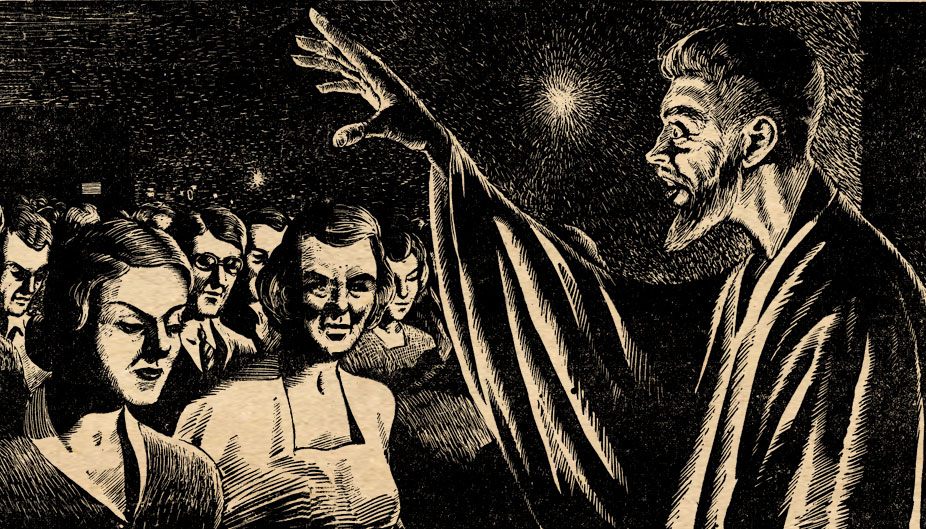
The small town of Nanaimo, British Columbia, sits quietly on the edge of Vancouver Island, just a short ferry ride from the mainland. A trip to the local museum mostly shows off fun local events, like its annual bathtub boat races, and the town’s history of involvement in the coal and logging industries. But a small pedestal in the middle containing a handful of artifacts hints at one of the darkest stories in Nanaimo’s past, something that few residents are old enough to remember.
The tale of Brother XII and the cult he created just south of Nanaimo, the Aquarian Foundation, features conspiracy, fraud, adultery, and treasure. Lots of treasure. In fact, this treasure might still be hidden somewhere around this island.
Edward Arthur Wilson, later known as Brother XII, grew up in England in the late 19th century, and spent the first part of his adulthood traveling and sailing all over the world. Wilson met and married Margery Clark in New Zealand in 1902, and the couple had two children before moving to Victoria, British Columbia, in 1907. Some five years later, Wilson abandoned his family to become a sailor; his extensive sailing experience in the following years saw Wilson promoted to navigator and later captain. But at the same time, Wilson became obsessed with religious study, especially the occult.
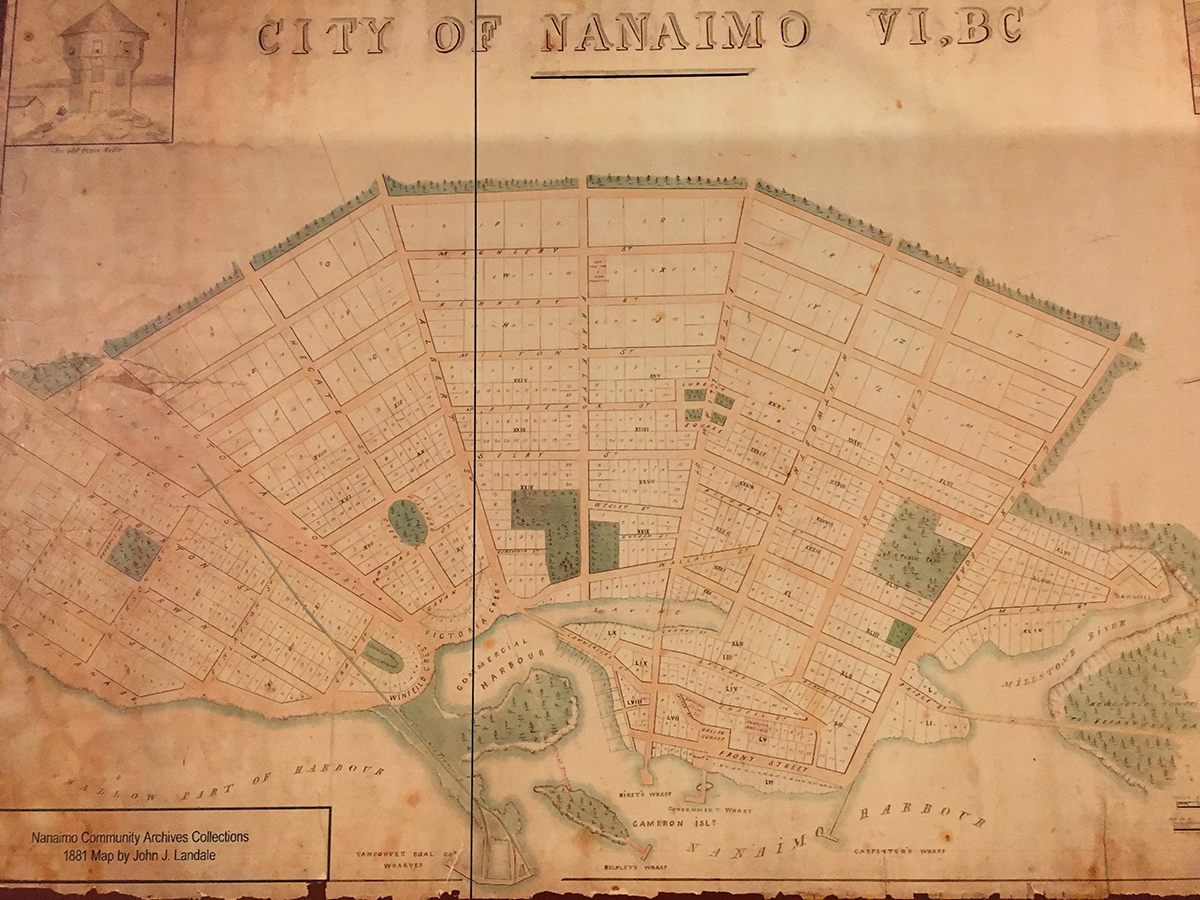
In 1924, years of theosophy, occult studies, and travel came to a head for Wilson when he retired from seamanship and landed in a small town in the south of France. A series of visions came to Wilson during his stay in the village, and he concluded that he was communicating with one of the Masters of Wisdom—a group of deities that are also referred to by various New Age groups as the Great White Brotherhood. Wilson believed that one of these Brothers (the twelfth Brother, in fact) had taken him on as a disciple. In recognition of his new status, Wilson took on the name that would become the myth: Brother XII.
Over the next few years, Brother XII would create the Aquarian Foundation, publish his spiritual writings, and return to North America to gather followers. In April, 1927, the first group of Foundation members met in Vancouver, British Columbia, and sailed to Nanaimo, a small village on Vancouver Island. The Aquarian Foundation grew at a rapid pace, and Brother XII’s charismatic manner attracted rich and powerful men and women from all over North America. Mary Connally, a wealthy socialite from North Carolina, was particularly enthralled with Brother XII; her first donation to the Foundation was a $25,000 check. Adjusted for inflation, that’s the equivalent of nearly $350,000 in 2016.
The group later spread to nearby DeCourcy Island and Valdes Island, just across the Salish Sea from Cedar-by-the-Sea, the small town south of Nanaimo in which the Aquarian Foundation first settled. Despite all of this growth, some members began to distrust Brother XII and his leadership. Some thought that he was wasting money on construction projects all over the various settlements, and forcing members to do much of the work. Brother XII had also started an affair with a new member of the colony, Myrtle Baumgartner, and started changing his teachings to allow for such behavior.

All of this led some members of the Foundation to become restless with Brother XII’s antics, and a group of members attempted legal action against him, to varying degrees of success. Despite the rift among the Foundation’s members, Brother XII still had many loyal followers both in the colony and around the world. All members paid monthly membership fees, and those that moved to the colony were often required to hand over everything they had to Brother XII. Many members were then given various jobs around the islands, from working on ships to tending to animals on the farm on DeCourcy.
Brother XII met and became enthralled with a mysterious woman named Mabel Skottowe, who later took the name Madame Z after joining the colony. The other members strongly disliked and feared Madame Z—she was notorious for using her riding crop on members of the colony that she deemed unsatisfactory. Madame Z eventually left her husband, a wealthy poultry farmer that had already given nearly $100,000 to the Foundation, for Brother XII.
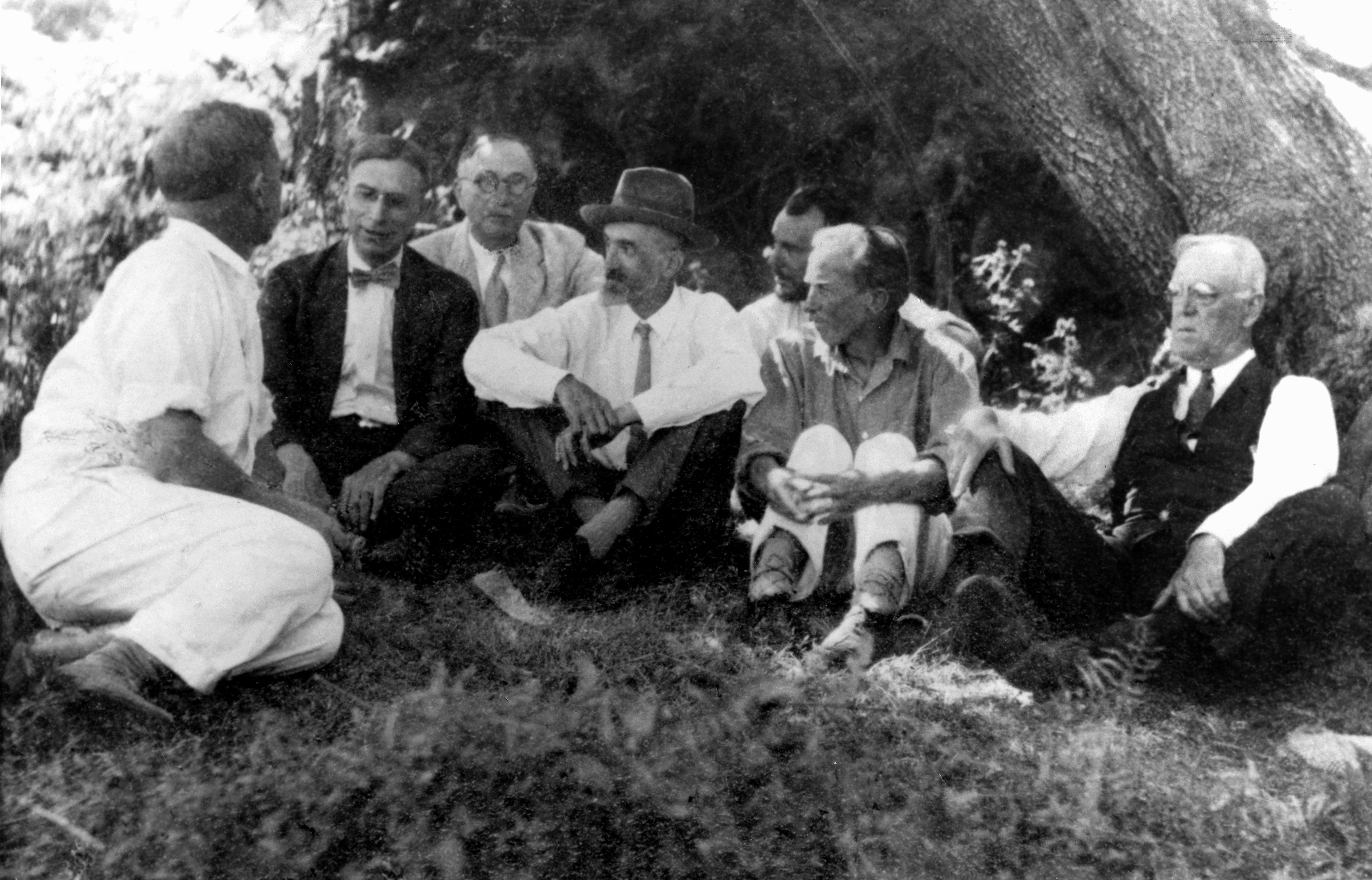
As the colony grew and the money flowed in, Brother XII grew paranoid about using banks—one of his many prophecies predicted the downfall of the banking system. Brother XII then started to have members exchange paper money for gold coins, usually American gold eagle coins ($10 and $20 denominations) that were still in circulation at the time.
Brother XII devised a method with Madame Z that would allow him to store and transport his gold easily—to stop his enemies from stealing it, of course. They would fill mason jars to the brim with the gold eagle coins, then seal them up by pouring melted paraffin wax in with the coins to keep everything in place. Those jars were then placed in wooden boxes with rope handles, for easy transport. Brother XII would secretly move these boxes onto his tugboat Khuenaten in the dead of night, transporting his treasure and burying it in different locations around the islands.
As Brother XII and Madame Z continued their tyrannical rule over the Foundation, members again started to grow weary, fearful, and angry towards their leader. As Brother XII became more and more paranoid, he turned Valdes Island into a fortress and forced members of the Foundation to take up arms in defense of it. Another group of scared and angry members fled the colony and filed a lawsuit against Brother XII in Nanaimo.

The legal proceedings that followed were quite dramatic, in true Brother XII fashion. One story said that an attorney that was suing Brother XII suddenly collapsed during a hearing, followed by an entire row of people behind him, like they had been “knocked out.” Many attributed this event to Brother XII and his the powers that he had been given by the Great White Lodge. In 1933, a judge eventually ruled in the ex-Foundation members’ favor. But the members were unable to collect the money awarded to them in the suit, as they found out that Brother XII and Madame Z had fled the colony.
The mysterious couple left a path of destruction in their wake, ransacking and breaking as much as they could before leaving. Not only did they destroy nearly the entire colony, Brother XII and Madame Z even used dynamite to sink their prized sailboat, the Lady Royal, into the lagoon outside of DeCourcy. They eventually returned to England, before emigrating to Neuchâtel, Switzerland, in August of 1934. According to a death certificate signed by a Swiss doctor (conveniently, a member of the Aquarian Foundation), Edward Arthur Wilson died on November 7, 1934, in his apartment in Neuchâtel.
But there were a number of post-mortem sightings of Brother XII, most notably by Donald Cunliffe, son of Foundation member Frank Cunliffe, who describes seeing Brother XII aboard a ship in San Francisco in 1936. A number of people, both Aquarian Foundation members and outsiders, who were familiar with the story at the time were quite skeptical about the circumstances surrounding Brother XII’s supposed death.
Whether or not he died in that apartment in Neuchâtel or at a later date in a faraway place, what happened to Brother XII’s treasure?
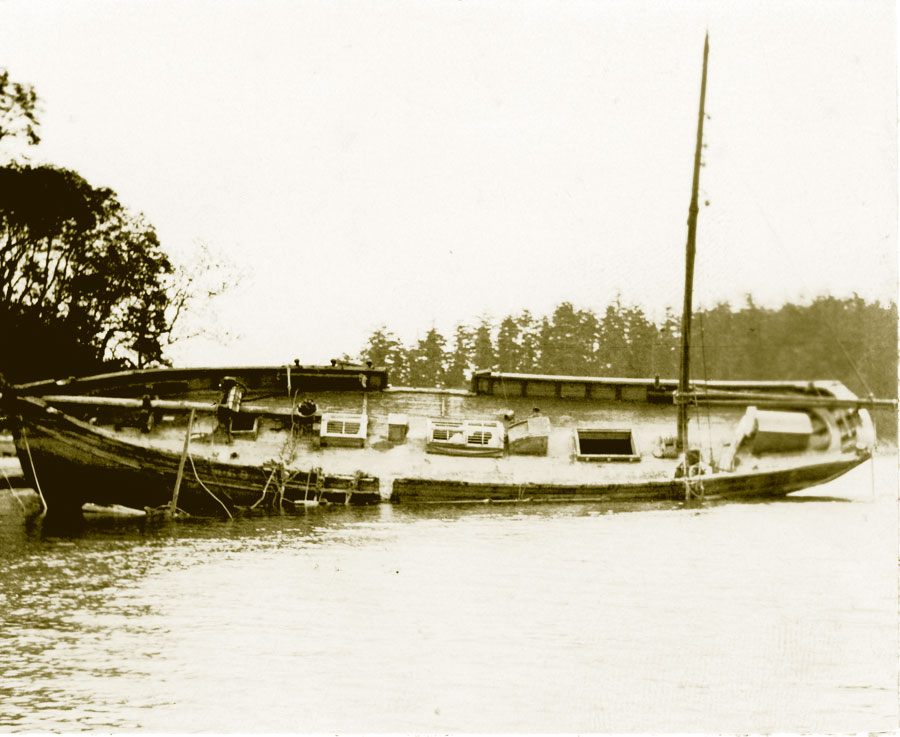
John Oliphant, author of Brother XII: The Strange Odyssey of a 20th-century Prophet, the definitive source on the subject, estimated Brother XII’s hoard of gold coins to be worth about $400,000. That’s just under $6 million in 2016. This number isn’t definitive, but Oliphant told me via Skype that it was corroborated by a handful of contemporary accounts.
The sheer weight of all that gold was surely difficult to transport, though Brother XII did often move it around the islands with the help of his most devoted followers. But to move so many heavy boxes of glass jars full of gold from the islands of British Columbia to Switzerland seems like a tough task for a handful of people.
An easy, boring answer is probably that Brother XII simply had a method of either transporting it all at once or little by little, with the help of some of his few remaining loyal followers. He could have deposited the money in banks around North America or England, or left it with family. Considering the circumstances, it sounds plausible that a secretive, greedy, egomaniac would have kept a tight hold on the money he swindled from his followers, and he did end up in a country notorious for anonymous and protective banking laws.
But treasure hunters have held out hope for years that Brother XII simply had to leave some gold behind. He had moved it around the islands so often, isn’t it possible that it could still be on one of them, hidden so well that it has still yet to be found? According to Oliphant, many people have gone searching for the treasure—exploring mysterious caves on the islands near the colony, or diving in the lagoon near DeCourcy where Brother XII sunk his sailboat while making his escape. But Oliphant only has anecdotes; none of his treasure-hunter sources relayed detailed stories.
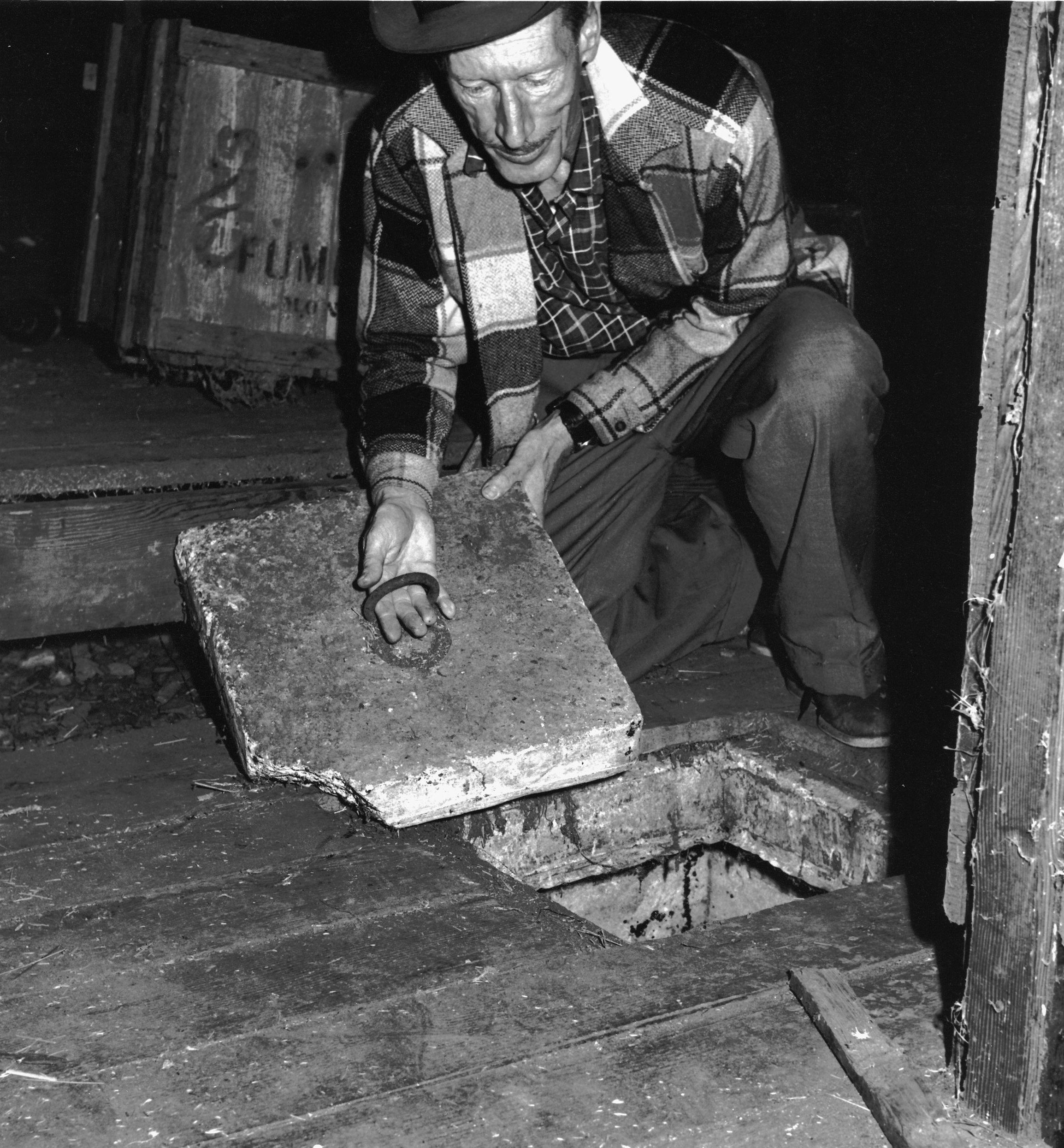
In Oliphant’s book, he tells a story from a man named Dion Sepulveda, who had worked as a servant to Brother XII after his family joined the colony. Sepulveda had helped Brother XII build a cement block on an islet just off the coast of DeCourcy Island, and he told Oliphant about the ceremony that Brother XII held around this block. What is not mentioned in the book, Oliphant tells me, is that Sepulveda says Brother XII stored some of his gold in that cement. When Oliphant was researching his book, he eventually found the block—but it was cracked open, hollow but empty.
Much later, Oliphant’s friend related to him a story about a mysterious old sea captain known only to Nanaimo residents as “The Captain.” According to this friend, The Captain claimed to have found Brother XII’s treasure, and said he was keeping it in a safety deposit box in a bank near downtown Vancouver. Oliphant told me that he was never able to track down the man and confirm this, but according to the friend, The Captain had said that he had found the gold on or near Valdes Island—and it was encased in a block of cement.
Perhaps the definitive story, though, is one that suggests that no treasure is to be found. A caretaker for one of the DeCourcy colony’s few remaining residents discovered a trapdoor beneath a small building used as a chicken coop. The man ripped up the floorboards, remembering the many stories of Brother XII’s tendency to hide his treasure in such ways. But when he found the hiding place, he found no gold, just a rolled-up piece of paper.
“Scrawled in chalk on the dark surface was a final message from Brother XII, an angry shout from the past,” Oliphant’s book reports: “For fools and traitors—nothing!”

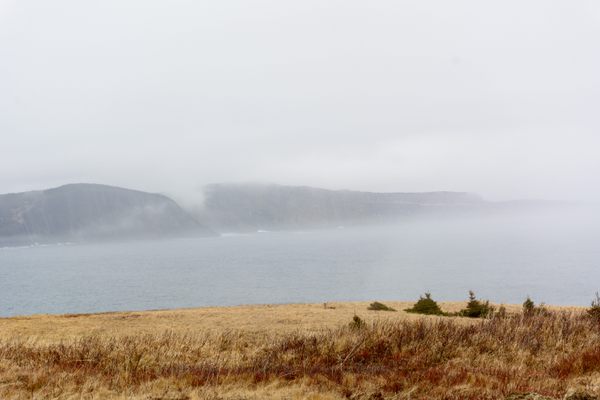


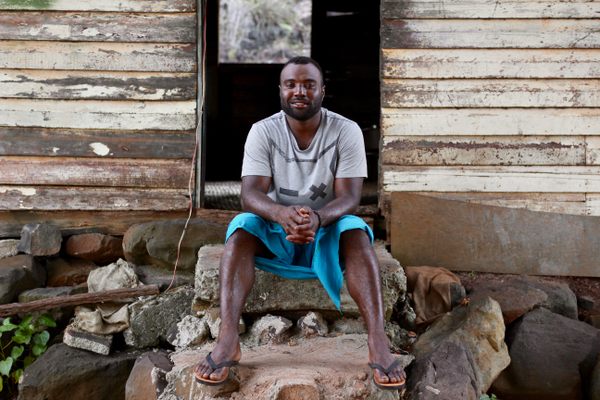




Follow us on Twitter to get the latest on the world's hidden wonders.
Like us on Facebook to get the latest on the world's hidden wonders.
Follow us on Twitter Like us on Facebook